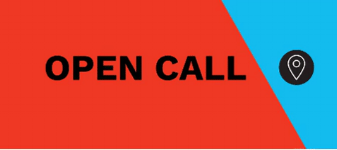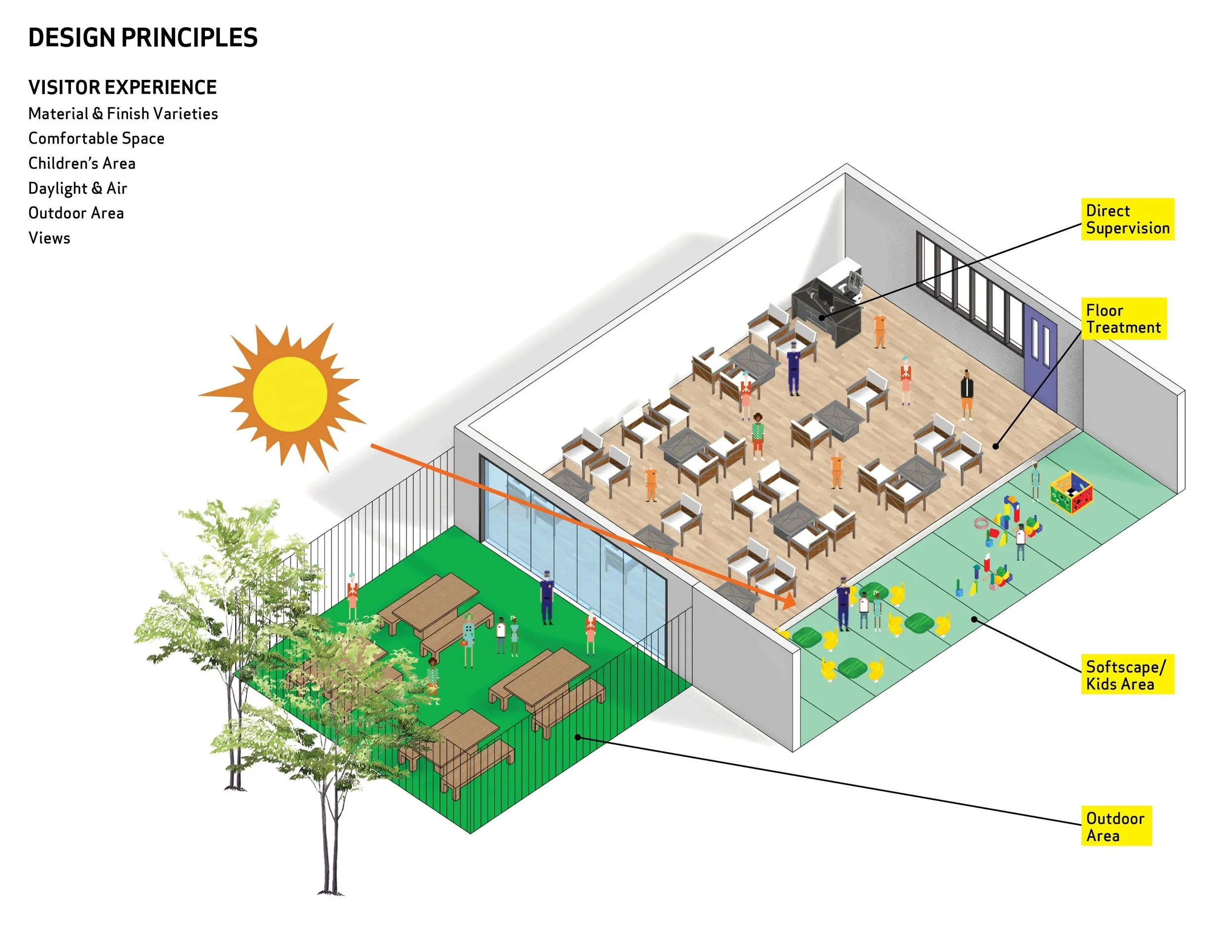An Open Letter to Cities: Let Your Women Lead
By Katrina Johnston-Zimmerman
Dear [City],
Happy new year! 2017 was an interesting one, huh? I’m sure you’ve been busy dealing with all of the protests in our streets and public spaces. And then there was the sanctuary city status - attempting to keep control of your autonomy in a volatile national environment. And let’s not get started on the Amazon HQ2 search. That really shook things up!
2017 was a big year in other ways too, for some of your citizens. Industries from filmmaking to news media had a bit of a turnover thanks to what’s being called the #metoo movement. I mean, I was blown away - the ability to speak up now as a woman and actually be heard is so powerful. The “year of the woman,” they call it. It’s been a long time coming, but it looks like the cultural change is finally on its way.
And now it’s a new year. Fresh start, so they say. And quite frankly, I’m pretty excited about the future.
Which brings me to the point of this letter, my dear city. You see, it’s not just comedians and “tech bros” who are experiencing this awakening. It’s you, too.
For virtually the entirety of your existence, you’ve been shaped and managed by men. You know this. In your government - from planning departments all the way to the top - men have reigned for thousands of years over decisions on how you look, how you run, and how you treat your citizens.
That’s not to say these men didn’t have the best of intentions. I’m sure the architects, politicians, planners, and stakeholders you’ve seen pass through your doors have run the gambit on understanding and competency. Some of them in recent years have even been heralds of the best standards of livable city design, like open streets for public use, welcoming and safe parks and plazas, clean and accessible waterways, and vision zero policies that prioritize people over cars. Others have even come up with new ways of doing things in our cities, like placemaking and tactical urbanism - practical applications that can improve a place virtually overnight.
But there’s still something missing - something that, until it is present, cannot mean a representative city for everyone: Women.
Oh, women have been there; don’t get me wrong. But not to the same extent as the other half of the population and certainly not in the same leadership roles. Female mayors in the US have only now reached roughly 25% for the first time in history (at least for the top 100 of you). And only in rare cases recently have women risen to the top of their departments to an extent that they can start changing the paradigm. This isn’t to say that we should dismiss the progress made so far or the influential women working everywhere - in all capacities - to improve our cities every day.
I just think we can do better.
In 2018, I’d like to see this improve even further. My resolution is to help improve this lack of equity, raise awareness to the issue, and answer the question: what would a women-led city look like?
The problem is simple. To design a place by men is, whether implicitly or explicitly, to design it for men. Without women’s voices, participation in decision-making, and most importantly - leadership - it’s just not safe to say that a city has been designed for everyone.
The impact that this has can be felt from your transportation to your public spaces. There’s a lack of lighting, poor design, inaccessibility, and just a lack of attention to what a woman needs when she’s in an urban environment. Hell, [my city] even has a rule that restricts people from getting on busses with a stroller unless it’s folded up. Can you imagine!
Women have only recently been present in public space to the same capacity as men. What once was the realm of businessmen on smoke breaks, construction workers, and commuters, is now the place for business women, caretakers and children, and female street artists - of every age, ethnicity, and ability. Pretty refreshing, don’t you think?
But we’ve designed you - our cities - around that old world. That man’s world. And quite frankly that will not cut it anymore. To accommodate everyone, it is imperative that we start with the half that has, until now, been left out of the conversation. In essence, it’s just the right thing to do.
But not only that, I believe that if you were women-led you would be better for everyone, because you would take into consideration a wider range of needs and experiences. Imagine a park design by - and for - women and girls. It might be safer, friendlier, offer more amenities and places to come together. This place would embrace concepts of collaboration, co-creation, and compassion - while understanding the bare necessities that come with being in a public space as opposed to a private one. Maybe there would be things we’d never otherwise think of, like an outdoor kitchen or skate park. I can’t say this without any certainty (yet) but I’d sure like to find out. Wouldn’t you?
So, city, I hope you’ll join me in not only admitting this inequity, but also understanding that this is a barrier, plain and simple, to creating a truly equitable place for us to live. If you do, we can work together to remedy this issue - bringing on more women, making female representation mandatory on design decisions, and promoting more women in leadership positions. It can happen. We can talk about it, enact new policies, take steps to keep the momentum going from 2017 towards something productive - something that is a long time coming. We can do this for the first time in history. We just need to start.
I have high hopes for you in 2018. Can I count on you?
All the best,
[Your citizen]





